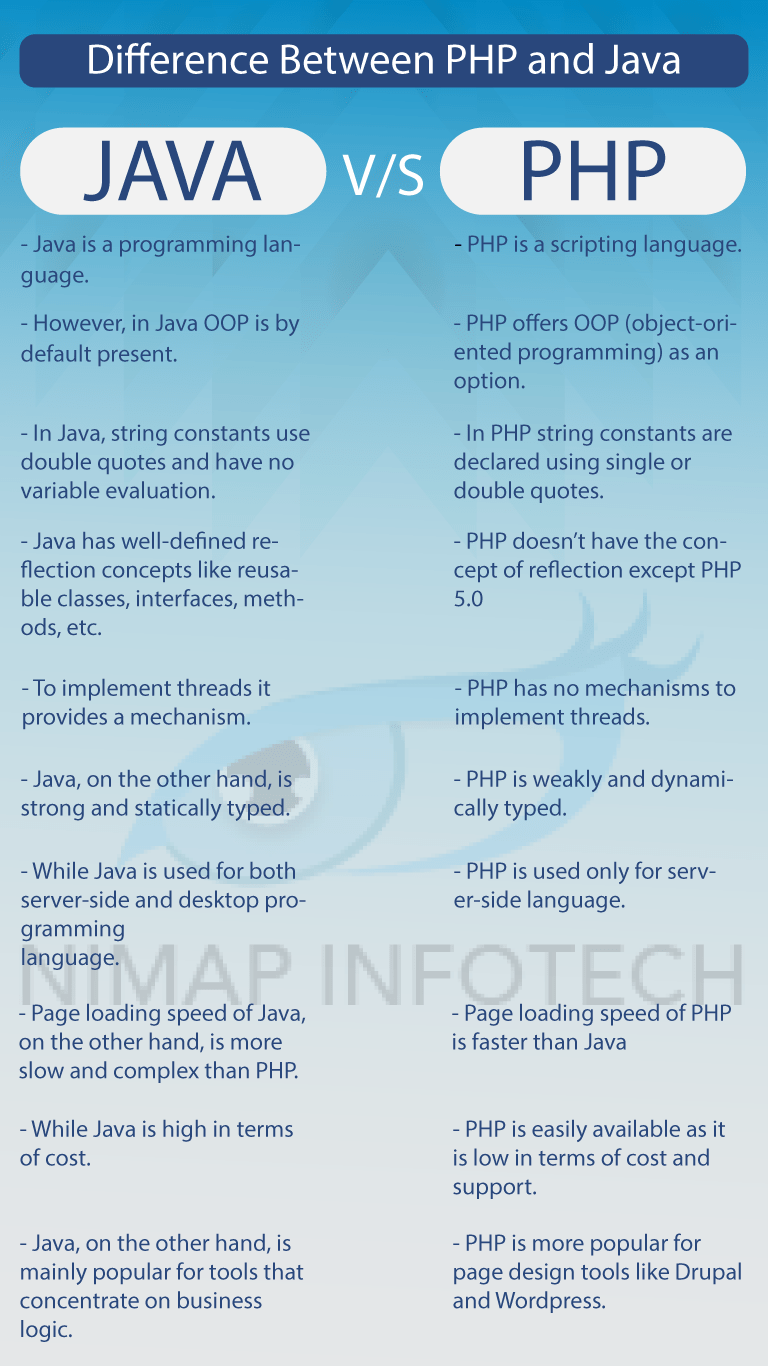Python Slots Vs Data Class
Data types in Python. Every value in Python has a datatype. Since everything is an object in Python programming, data types are actually classes and variables are instance (object) of these classes. There are various data types in Python. Some of the important types are listed below. Python is a great programming language that supports OOP. You will use it to define a class with attributes and methods, which you will then call. Python offers a number of benefits compared to other programming languages like Java, C or R. It's a dynamic language, with high-level data types. Learn how to analyze data using Python. This course will take you from the basics of Python to exploring many different types of data. You will learn how to prepare data for analysis, perform simple statistical analysis, create meaningful data visualizations, predict future trends from data, and more! Topics covered: 1) Importing Datasets 2) Cleaning the Data 3) Data frame. Python has been an object-oriented language since the time it existed. Due to this, creating and using classes and objects are downright easy. This chapter helps you become an expert in using Python's object-oriented programming support. If you do not have any previous experience with object. Python @property is one of the built-in decorators. The mai n objective of any decorator is to modify your class methods or attributes in such a way so that the user of your class no need to make.
- Python Class Data Member
- Python Class Data Type
- Python Slots Vs Data Classic
- Python Slots Vs Data Classes
- Python Slots Vs Data Classifications
- Python Slot Machine Code
- Slot Machine In Python
Navigation
- modules
- next
- previous
- PyMOTW »
- String Services »
| Purpose: | Convert between strings and binary data. |
|---|---|
| Available In: | 1.4 and later |


The struct module includes functions for converting betweenstrings of bytes and native Python data types such as numbers andstrings.
Functions vs. Struct Class¶
There are a set of module-level functions for working with structuredvalues, and there is also the Struct class (new in Python2.5). Format specifiers are converted from their string format to acompiled representation, similar to the way regular expressions are.The conversion takes some resources, so it is typically more efficientto do it once when creating a Struct instance and callmethods on the instance instead of using the module-level functions.All of the examples below use the Struct class.
Python Class Data Member

Packing and Unpacking¶
Python Class Data Type


Structs support packing data into strings, and unpacking data fromstrings using format specifiers made up of characters representing thetype of the data and optional count and endian-ness indicators. Forcomplete details, refer to the standard library documentation.
Python Slots Vs Data Classic
In this example, the format specifier calls for an integer or longvalue, a two character string, and a floating point number. Thespaces between the format specifiers are included here for clarity,and are ignored when the format is compiled.
The example converts the packed value to a sequence of hex bytes forprinting with binascii.hexlify(), since some of the characters arenulls.
If we pass the packed value to unpack(), we get basically thesame values back (note the discrepancy in the floating point value).
Endianness¶
By default values are encoded using the native C library notion of“endianness”. It is easy to override that choice by providing anexplicit endianness directive in the format string.
Python Slots Vs Data Classes
Buffers¶
Python Slots Vs Data Classifications
Working with binary packed data is typically reserved for highlyperformance sensitive situations or passing data into and out ofextension modules. In such situations, you can optimize by avoidingthe overhead of allocating a new buffer for each packed structure.The pack_into() and unpack_from() methods support writingto pre-allocated buffers directly.
The size attribute of the Struct tells us how big thebuffer needs to be.
See also
- struct
- The standard library documentation for this module.
- array
- The array module, for working with sequences of fixed-type values.
- binascii
- The binascii module, for producing ASCII representations of binary data.
- WikiPedia: Endianness
- Explanation of byte order and endianness in encoding.
- In-Memory Data Structures
- More tools for working with data structures.
Python Slot Machine Code
Navigation
Slot Machine In Python
- modules
- next
- previous
- PyMOTW »
- String Services »